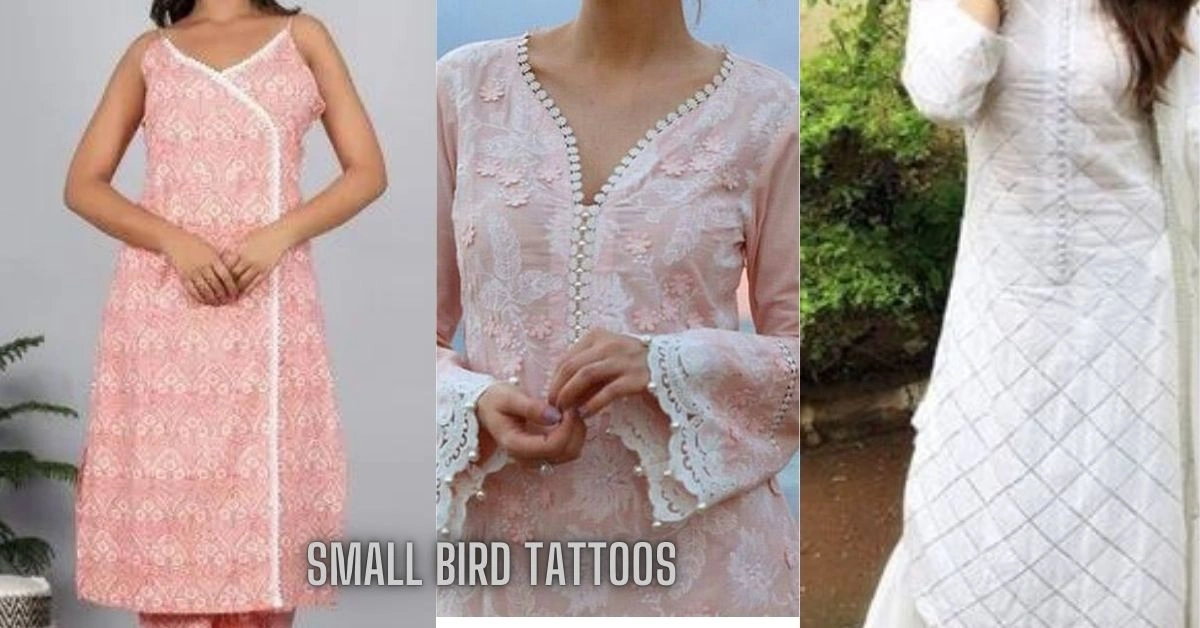Introduction
Chicken suits are a popular choice for costumes, performances, and promotional events. They are designed to mimic the appearance of a chicken, with detailed features like feathers, beaks, and, of course, the neck. The neck design for chicken suit is a critical component, as it can greatly influence the overall look and functionality of the suit. This article explores various neck design for chicken suit options, highlighting their importance, styles, and considerations for creating an effective and visually appealing costume.
The Role of Neck Design for Chicken Suit
The neck design for chicken suit serves several purposes. It enhances the visual appeal of the costume, making it more realistic and engaging. A well-designed neck also ensures comfort and ease of movement for the wearer. Additionally, the neck plays a role in practical aspects such as ventilation and visibility. Understanding these roles is crucial for selecting or creating a neck design for chicken suit that meets both aesthetic and functional requirements.
Traditional Neck Design for Chicken Suit
Traditional neck design for chicken suit typically features a simple, rounded shape that mimics the natural curve of a chicken’s neck. These designs often use materials like foam or fabric to create a puffed effect, resembling the fluffy feathers of a chicken. Traditional designs are popular for their ease of construction and classic look, making them a staple choice for many chicken suits.
Innovative Neck Design for Chicken Suit
In recent years, innovative neck design for chicken suit has emerged, offering fresh takes on the classic chicken look. These designs often incorporate elements like ruffled fabric, adjustable components, or integrated accessories. For example, some modern chicken suits feature necks with built-in LED lights or sound effects to enhance the costume’s visual impact. These innovations can make the chicken suit stand out in performances and events, adding a unique flair to the traditional design.
Materials
Choosing the right materials for neck design for chicken suit is essential for achieving the desired look and functionality. Common materials include foam, felt, fabric, and faux feathers. Foam is often used for its lightweight and malleable properties, allowing for easy shaping and comfortable wear. Fabric, such as polyester or cotton, can be used to create a soft and flexible neck that mimics the texture of feathers. Faux feathers add a realistic touch but may require careful attachment to ensure durability.
Customizing Neck Design for Chicken Suit for Different Uses
The intended use of a chicken suit can influence the neck design for chicken suit. For example, a costume designed for stage performances might prioritize dramatic flair and visual impact, while a suit for a promotional event may focus on comfort and ease of wear. Customizing the neck design for chicken suit to suit these different needs involves considering factors like visibility, ventilation, and the level of detail required. Tailoring the design to specific contexts ensures that the chicken suit performs well in its intended setting.
Performance and Entertainment
For performances and entertainment purposes, the neck design for chicken suits can play a crucial role in creating a memorable experience. Designs that incorporate movement, such as a neck that sways or bobs, can add a dynamic element to the costume. Additionally, incorporating features like a built-in speaker or sound effects can enhance the performance, making it more engaging for the audience. Performance-oriented neck designs often require a balance between visual appeal and functional flexibility.
Promotional Events
In promotional settings, the neck design for chicken suit should prioritize comfort and practicality. Since promotional events often involve extended wear times and interactions with the public, the neck design should allow for ease of movement and ventilation. Features like adjustable straps or breathable materials can enhance comfort and ensure that the wearer remains comfortable throughout the event. Additionally, a clear and unobstructed view from the neck area is important for effective communication and engagement.
Combining Neck Design for Chicken suits with Other Features
When designing a chicken suit, the neck design for chicken suits should be considered in conjunction with other features of the costume. For instance, the neck design should complement the suit’s overall color scheme and style, ensuring a cohesive look. Additionally, integration with other elements, such as a beak or wings, should be seamless to maintain the costume’s visual harmony. Combining neck design with other features requires careful planning and attention to detail to achieve a balanced and visually appealing result.
Challenges in Neck Design for Chicken suits
Designing the neck of a chicken suit can present several challenges. Ensuring that the neck design for chicken suits accommodates different head sizes and shapes is crucial for comfort and fit. Additionally, maintaining the integrity of the design during wear and movement can be challenging, particularly with more intricate or innovative designs. Addressing these challenges involves careful planning, testing, and adjustments to create a neck design that meets both aesthetic and functional requirements.
Maintenance and Care
Proper maintenance and care are essential for prolonging the lifespan of the neck design for chicken suits . Regular cleaning and inspection can help prevent wear and tear, ensuring that the neck remains in good condition. For suits with removable neck components, following manufacturer instructions for cleaning and storage is important. Additionally, addressing any damage promptly can prevent further issues and ensure that the costume continues to perform well.
Future Trends
As costume design continues to evolve, new trends and technologies are likely to influence neck design for chicken suits . Advances in materials, such as more breathable or flexible fabrics, may offer new possibilities for neck designs. Additionally, incorporating technology, such as interactive elements or augmented reality, could further enhance the visual and functional aspects of chicken suits. Staying informed about emerging trends can provide opportunities for innovation and improvement in neck design.
Case Studies of Notable Neck Design for Chicken suits
Examining notable examples of neck design for chicken suit can provide valuable insights and inspiration. Case studies of successful designs, whether in professional performances or promotional events, highlight effective approaches and creative solutions. Analyzing these examples can offer practical lessons and ideas for designing or selecting a neck design that meets specific needs and preferences.
DIY vs. Professional Neck Design for Chicken suits
Choosing between DIY and professional neck design for chicken suits involves considering factors such as budget, skill level, and desired outcome. DIY designs offer the advantage of customization and cost savings but may require a higher level of craftsmanship and time investment. Professional designs, on the other hand, provide access to expert craftsmanship and high-quality materials but may come at a higher cost. Evaluating these options can help determine the best approach for achieving the desired neck design.
Conclusion:
Crafting the perfect neck design for chicken suits involves balancing aesthetics, functionality, and comfort. By considering the role of the neck, exploring various design options, and addressing challenges, it is possible to create a neck design that enhances the overall look and performance of the chicken suit. Whether for performance, promotional events, or personal use, a well-designed neck can make a significant impact on the success and enjoyment of the costume.
Read More: VNSGU Net: Streamlining Admissions, Exams, and Academic Management

